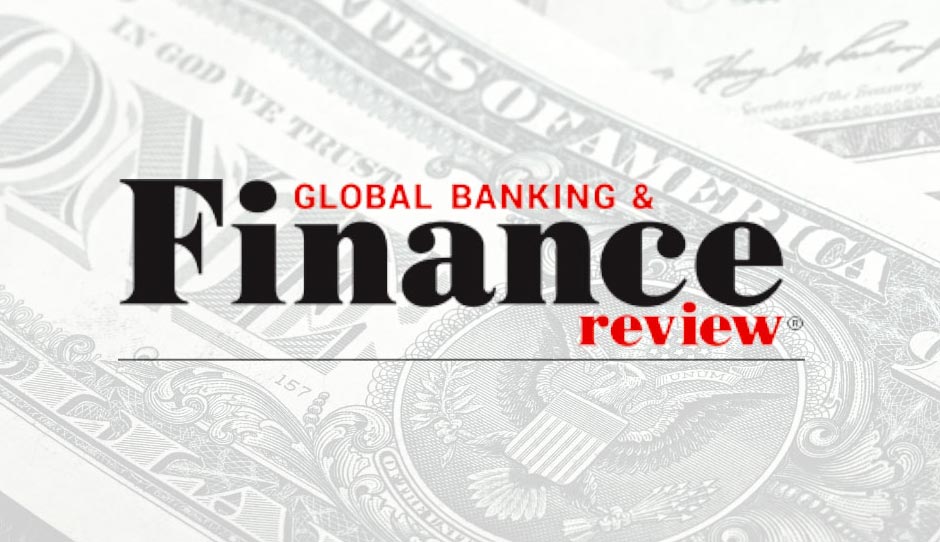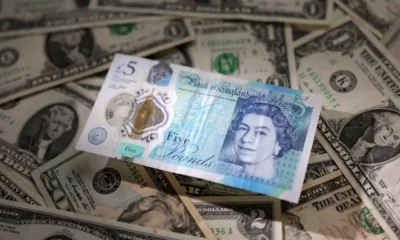Investing
London drives strong returns for residential investors in-2012

London, 1st March, 2013
London drives strong returns for residential investors in 2012
Residential investment continues to outperform inflation and commercial real estate according to the latest IPD UK Annual Residential Property Index, with returns from portfolios in the private rented sector for 2012 at 8.9%. These returns outperformed the 2.7% return from offices, shops and industrial units, and the 3.1% inflation seen in the UK last year.
This positive performance was driven for the most part, by the London market. Central London total returns were 10.1% while outer London (zones 4 – 6) returned 9.0%. Inner London (zones 2 – 3) was the best performing region in the UK and returned 10.7%.
Against the 4.2% return from bonds (JP Morgan GBI Global, UK 7-10 Year) UK residential property’s 8.9% total return compared well, though it was unable to keep pace with equities and property equities (MSCI UK), which had a strong 2012 and returned 10.2% and 30.5% percent respectively.
Stronger capital growth made up the greater portion of returns in central London, while values outside of the Capital decreased. Due to the price premium for central London property, income returns of 2.3% reflected a lower yielding and more prime asset.
The index, launched in 2001, gathers data from investors on the value of commercially let and managed residential assets, and the income generated from them, allowing owners and agents to analyse and compare market performance.
Income returns outperform inflation
When viewed solely as an income-generating investment, residential investment has continued to outperform inflation and the currently low yielding UK bond market. Income returns of over 4% outside inner London will be seen as positive news by investors.
With the effects of central London removed from the index, total returns of 6.3% still exceeded those obtained from commercial real estate. When central London is removed from the commercial real estate sample, returns slipped to just 1%.
Inner London attractive for institutional investors
London and the South East have driven overall performance, but for the growing number of investors seeking to invest in build-to-let, where homes are built to generate rental income over the long term, eyes may be on inner and outer London performance.
Extremely strong rental growth in inner London of 7.7%, has kept pace with capital appreciation of 7%, which has avoided further income yield compression despite significant price inflation during the year.
It is significant that inner London is the best performing area, where prices are determined by domestic occupier fundamentals. Inner London rented housing predominantly serves young professionals working in the capital.
Returns of 9.0% in outer London help support the confidence in build-to-let shown by an increasing number of larger investors. Significant backers include APG, the Dutch pension fund, which has recently invested £158 million into Grainger’s GRIP portfolio, and M3 Capital Partners, who have invested £200 million in Essential Living, a new rental-focused UK brand.
Regional polarisation continues
As with commercial property, the performance gap between London and the regions is widening. Unique demand factors, such as demographics and labour market dynamics, have pushed up values and rents in the capital, irrespective of economic difficulties elsewhere.
The dominance of London is highlighted by falling values outside of the M25. Notable value falls were recorded in the South East for the first time since 2008. However, rental value growth has remained positive outside of London, which has maintained yield levels at higher than 4%.
Phil Tily, IPD UK and Ireland Managing Director, said, “There is little evidence to suggest the gap between London and the regions will close this year, as the demand factors driving London remain strong. While in London it has been possible to invest and achieve a level of capital appreciation, as you venture outside of the capital, residential has become more of an income play, increasingly reminiscent of wider commercial property performance.
“Investors are buying into the sector for an income stream, not a purely capital play. The fact that so many serious players are now focusing on residential investment can only be seen as highly positive for the sector and future UK housing supply.”
Duality of the market: values in London driven by individual buyers
The prices of commercially owned residential properties are still predominantly determined by the vast owner occupier market. If the PRS market matures and a build-to-rent model is adopted, it will reflect more closely the commercial sector, where an ‘investment’ price is put on properties, not a price driven by owner occupiers.
However, due to the current restricted supply of large scale rental blocks, pricing continues to be derived through current market dynamics. This means that income yields will inevitably face compression in areas with high owner occupier demand. Total returns for UK commercial property rose in January to 0.4%, their highest in 12 months, according to the IPD UK Monthly Property Index.
Tily adds, “Property performance will always mirror that of the wider economy, but in spite of poor regional growth, as a sector, residential investment continues to hold up well, driven by a soaring London market. The unique fiscal and demographic factors driving property growth in the capital look unlikely to change in the near term, and this continues to foster interest among investors in the build-to-rent sector.
“There is growing activity in this part of the market and IPD is firmly committed to assisting and measuring the growth of the private rented sector, as investors look to diversify and hedge against their expenses.”

-
Top Stories4 days ago
Sterling wavers as markets gauge reported Israeli attack on Iran
-
Top Stories4 days ago
France orders retailers to display shrinkflation
-
Top Stories4 days ago
Explainer-Bitcoin’s ‘halving’: what is it and does it matter?
-
Top Stories4 days ago
Oil-rich regions in Kazakhstan brace for floods, Siberian rivers burst in Russia







